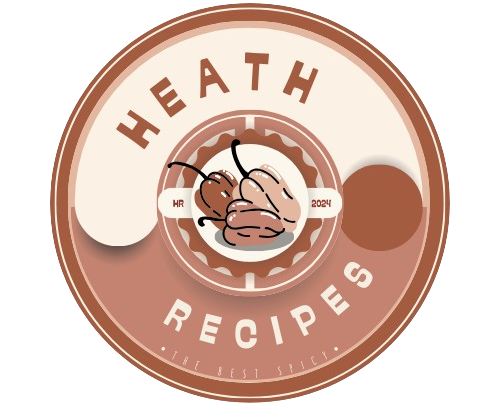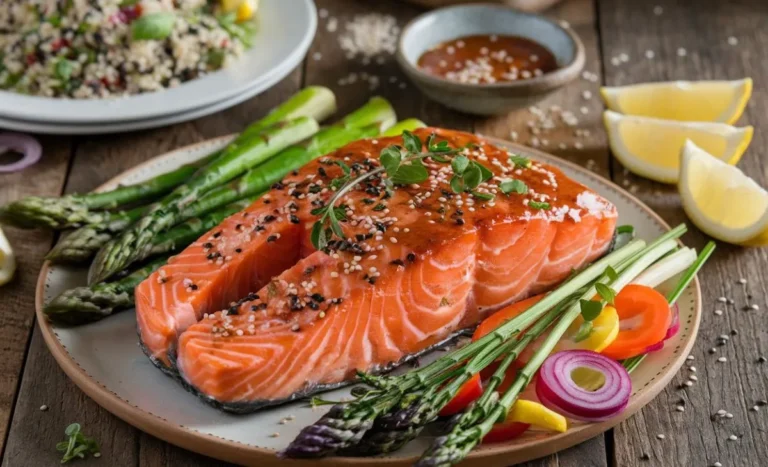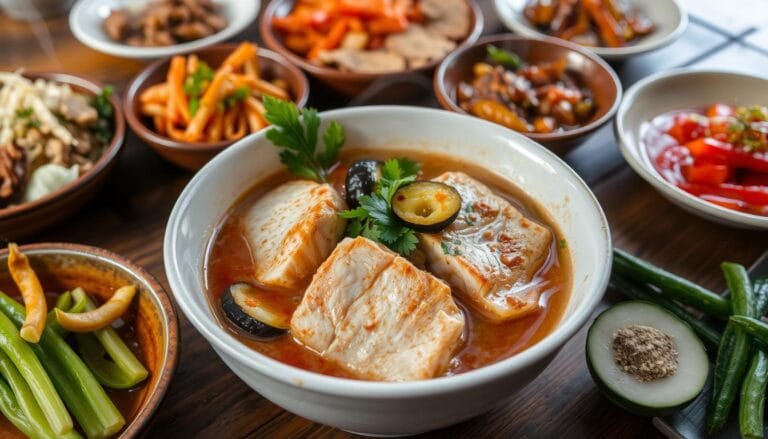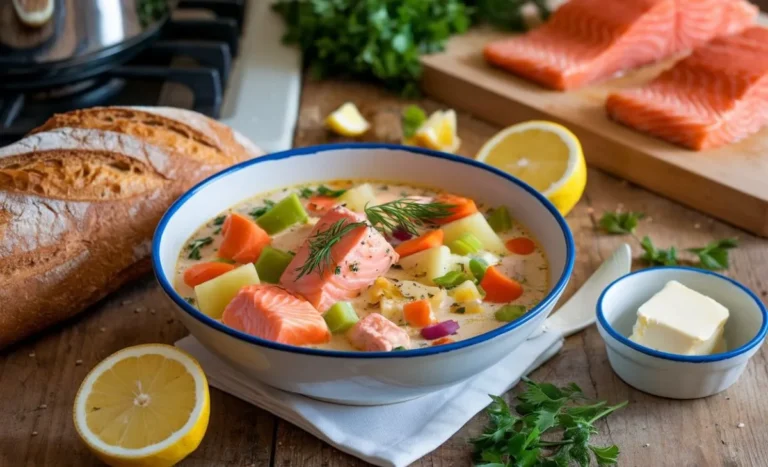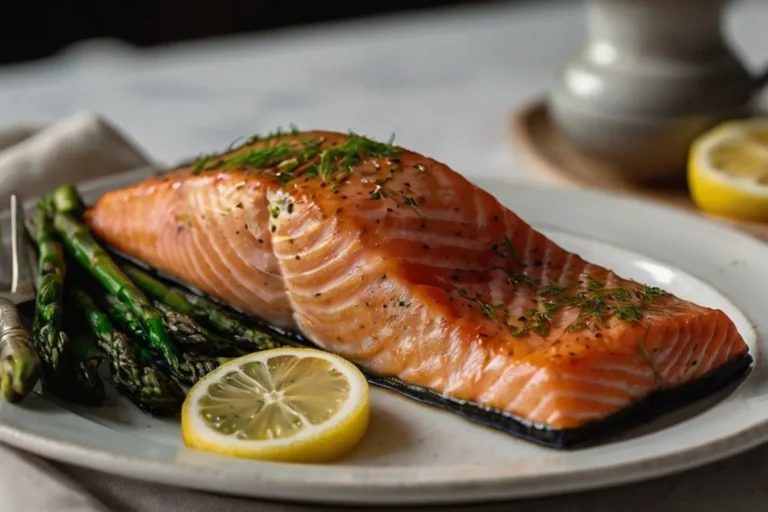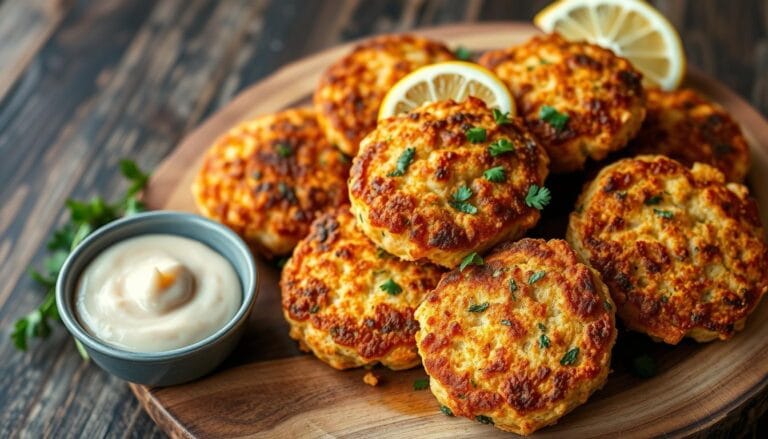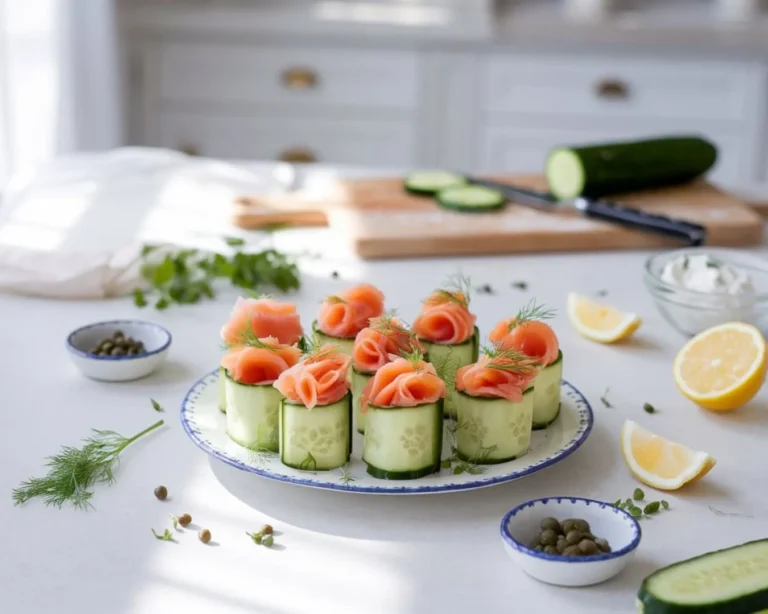How Long to Cook Salmon in Oven: Secrets for Maximum Flavor
When it comes to cooking salmon, finding the perfect balance between tenderness, flavor, and texture is key. Whether you’re a seasoned cook or just getting started in the kitchen, baking salmon in the oven is one of the easiest and most effective ways to achieve restaurant-quality results at home. But how long should you cook your salmon in the oven to get that perfect golden crust without drying it out? That’s the burning question that many home cooks face. In this guide, we’ll break down everything you need to know about cooking salmon in the oven, ensuring it turns out juicy, flavorful, and perfectly cooked every time.
Choosing the Right Salmon for Baking
Before you even think about the cooking time, the first step is selecting the right type of salmon. Whether you’re buying wild-caught or farmed salmon, it’s essential to understand how each type affects the cooking process. Wild-caught salmon tends to have a leaner, firmer texture, while farmed salmon is richer, fattier, and often has a softer texture. Both are great options for oven-baking, but they may cook slightly differently, with farmed salmon typically needing a little less time in the oven.
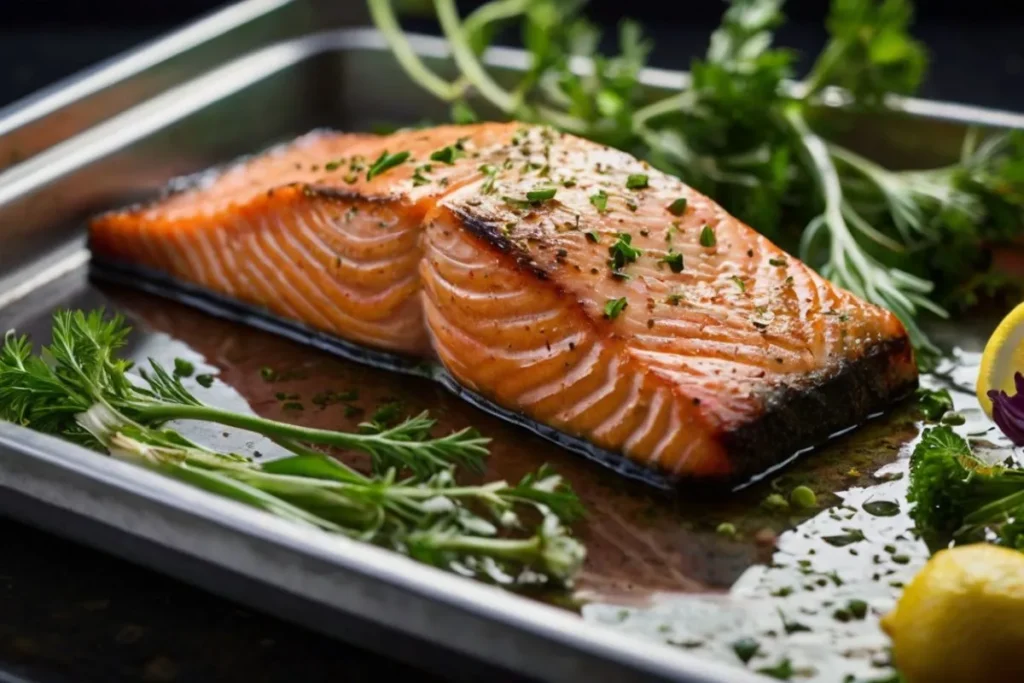
Types of Salmon to Consider
- Wild-Caught Salmon: Known for its firmer texture and slightly leaner profile.
- Farmed Salmon: Richer, fattier, and often softer, which makes it cook faster.
- Fresh vs. Frozen Salmon: Both options work well for baking, but fresh salmon tends to have a more delicate texture.
In addition to choosing the right type of salmon, consider the cut you’re working with. You’ll often find salmon available in fillets, steaks, or whole fish, and each cut has its own ideal cooking method. Fillets are the most common and easiest to bake, but you might prefer steaks or a whole fish if you’re looking for a different presentation or cooking experience.
Ideal Oven Temperature for Cooking Salmon
When it comes to oven temperatures for salmon, you’ll generally want to aim for a moderate heat to ensure even cooking. Preheat your oven to 375°F to 400°F, depending on the thickness of your salmon. At 400°F, the salmon will cook faster, giving you a nice crisp exterior, while 375°F offers a more gentle cooking process that’s great for maintaining moisture.
Why Oven Temperature Matters
- 400°F: A higher temperature that allows for a quicker cook and crispy edges.
- 375°F: A slightly lower temperature, perfect for retaining moisture and gentle cooking.
- Oven Preheating: Always preheat your oven for consistent cooking results.
A key tip to remember is that the salmon will continue to cook slightly after you remove it from the oven, so it’s better to err on the side of undercooking rather than overcooking. This is especially true if you plan to serve the salmon with a glaze or sauce that will finish the cooking process.
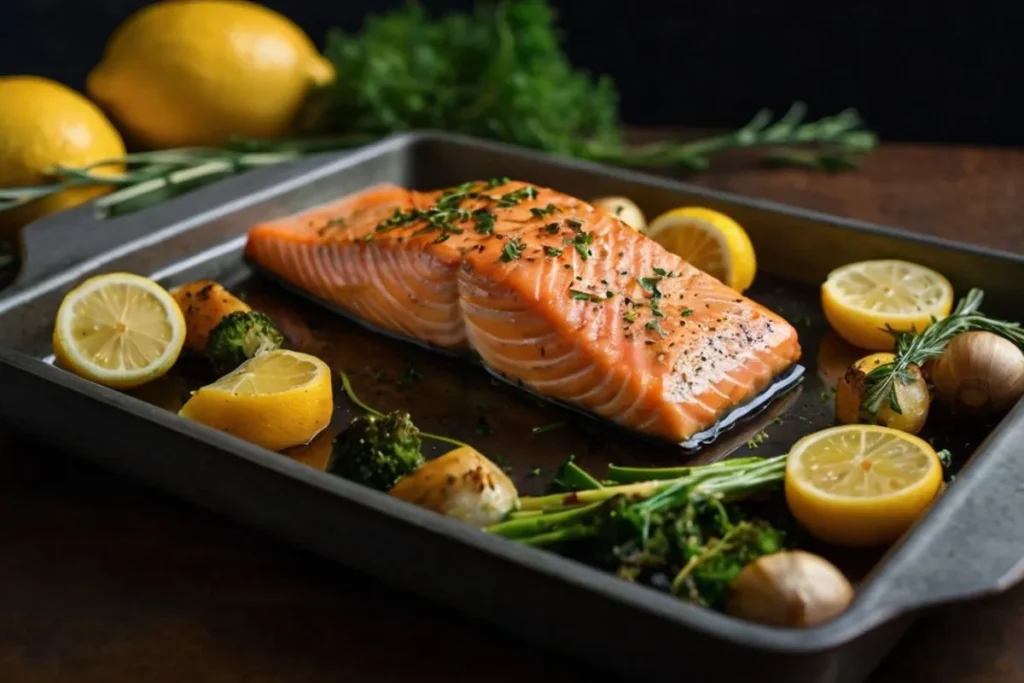
How Long to Cook Salmon in the Oven: Time Guidelines
Understanding the right cooking time is essential for getting that perfectly baked salmon. There are a few factors that influence how long it will take to cook your salmon, including the thickness of the fillet, whether it’s skin-on or skinless, and the specific oven temperature you’re using.
Salmon Fillet
If you’re baking a salmon fillet, a general rule of thumb is to cook it for 12 to 15 minutes at 400°F. This time range is perfect for fillets that are about 1 inch thick. If your fillet is thicker, you may need to increase the time by a few minutes, and for thinner fillets, you can reduce the time. The goal is to cook the salmon until it reaches an internal temperature of 145°F at its thickest part.
Salmon Steak
Salmon steaks are thicker and usually require a little longer to cook than fillets. At 375°F, expect to bake your salmon steaks for about 15 to 20 minutes, depending on their thickness. Just like fillets, you want the internal temperature to reach 145°F for optimal doneness.
Whole Salmon
If you’re cooking a whole salmon, it will need more time in the oven. For every pound of salmon, plan on baking it for about 20-25 minutes at 350°F. You can check the doneness by inserting a thermometer into the thickest part of the fish, ensuring it reaches 145°F. If the fish is stuffed with herbs or vegetables, it may take slightly longer.
Secrets to Achieving Maximum Flavor
While cooking time is crucial, flavor is just as important when baking salmon. The right seasonings and techniques can take your salmon from good to great. Here’s how to ensure your salmon is packed with flavor:
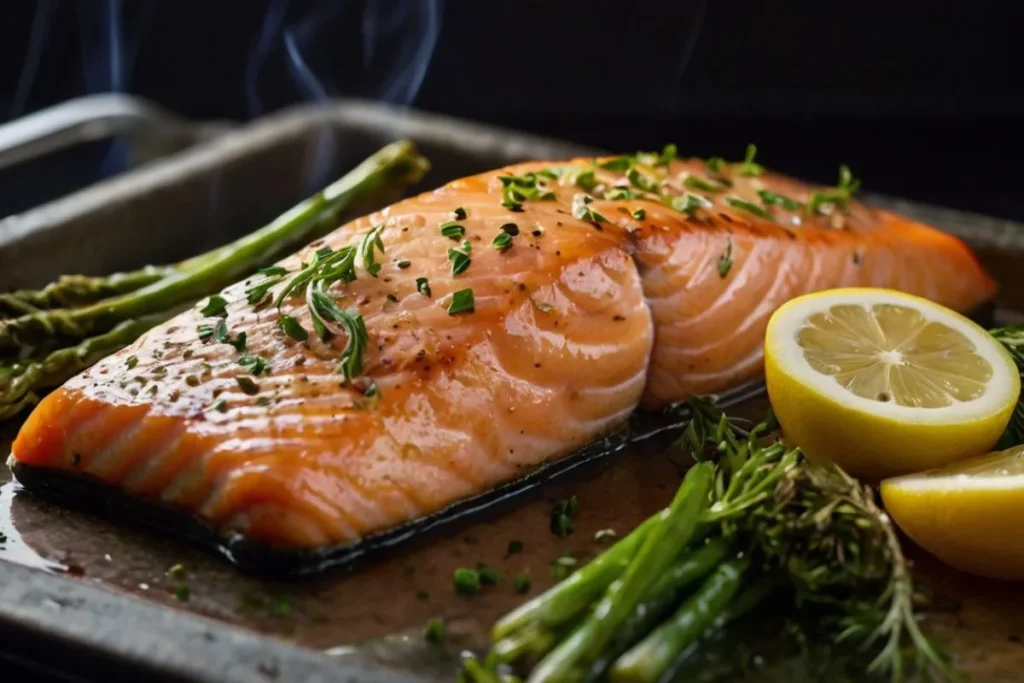
Simple Seasonings
The beauty of salmon lies in its natural flavor, so don’t overcomplicate things. A little salt, pepper, and a drizzle of olive oil are often all you need. However, for an extra kick, consider adding a squeeze of lemon juice or zest before cooking.
Herbs and Aromatics
Fresh herbs like dill, thyme, and rosemary pair wonderfully with salmon. You can sprinkle them on top before baking or tuck them inside the fish if you’re cooking a whole salmon. Garlic and onion also complement the rich taste of the fish, adding layers of depth.
Marinades and Glazes
If you want to take your flavor profile to the next level, consider marinating your salmon for 15 to 30 minutes before cooking. A simple marinade of soy sauce, honey, and mustard can create a delicious glaze once baked. You can also brush a glaze on top of your salmon during the final few minutes of cooking for added flavor.
Baking with Vegetables
Another great way to enhance the flavor of your salmon is by baking it alongside vegetables. Try adding asparagus, bell peppers, or tomatoes to the baking sheet. These vegetables release moisture as they cook, which helps keep your salmon moist while imparting additional flavors.
How to Test for Doneness
One of the biggest concerns when cooking salmon is ensuring it’s cooked just right. Undercooked salmon can be unsafe to eat, while overcooked salmon can become dry and tough. So how do you know when your salmon is ready?
Internal Temperature
The best way to check is by using a meat thermometer. Insert the thermometer into the thickest part of the fish, and when it reaches 145°F, your salmon is done.
The Flaking Method
If you don’t have a thermometer, you can also use the “flaking” method. When the fish flakes easily with a fork, it’s a sign that it’s cooked through.
How to Prevent Overcooking and Dryness
There’s nothing worse than overcooked salmon. Fortunately, there are a few strategies you can use to prevent this from happening:
Don’t Overcrowd the Pan
If you’re cooking multiple pieces of salmon, make sure there’s enough space on the baking sheet. Overcrowding can trap heat, causing uneven cooking and drying out the fish.
Use Foil or Parchment Paper
Wrapping your salmon in foil or parchment paper creates a steamy environment, which helps lock in moisture. It also makes cleanup a breeze!
Baste the Salmon
If you want to ensure your salmon stays moist, baste it with its own juices halfway through the cooking process. You can also use a bit of melted butter or olive oil to keep the fish from drying out.
Salmon Cooking Time by Method: Oven vs. Other Techniques
Baking salmon in the oven is a fantastic method because it allows for even heat distribution, ensuring that your fish cooks uniformly. However, there are other cooking techniques worth considering. Let’s compare:
Grilling
Grilled salmon can have a smoky, charred flavor that many love. However, it’s easier to overcook on the grill. It typically cooks in about 8-12 minutes.
Pan-Seared
If you’re after a crispy skin, pan-searing is your best bet. However, this method doesn’t cook the fish evenly all the way through, which is why it’s often followed by finishing in the oven.
Broiling
Broiling gives the salmon a crispy, caramelized exterior while keeping the inside moist. Broil for about 5-10 minutes, depending on the thickness.
Troubleshooting: What to Do If Your Salmon Is Overcooked or Undercooked
Even the most experienced cooks make mistakes from time to time. If your salmon turns out overcooked, there’s no need to throw it away. You can make a quick salmon salad or use it in a pasta dish to mask the dryness. On the other hand, if your salmon is undercooked, simply return it to the oven for a few more minutes until it reaches the desired internal temperature.
Delicious Salmon Recipes for Your Oven
Baked salmon doesn’t have to be boring. Here are a couple of simple recipes to try:
Lemon Herb Baked Salmon
- Ingredients: Salmon fillets, olive oil, lemon, garlic, fresh thyme, salt, pepper
- Instructions: Preheat oven to 400°F. Place salmon fillets on a baking sheet. Drizzle with olive oil and sprinkle with garlic, thyme, salt, and pepper. Bake for 12-15 minutes, until cooked through. Serve with fresh lemon wedges.
Maple Soy Glazed Salmon
- Ingredients: Salmon fillets, soy sauce, maple syrup, garlic, ginger
- Instructions: Preheat oven to 375°F. Mix soy sauce, maple syrup, garlic, and ginger in a bowl. Pour over salmon fillets and let marinate for 15 minutes. Bake for 12-15 minutes until cooked to perfection.
Nutritional Information for Baked Salmon
Baked salmon is not only delicious but also packed with nutrients. Here’s a quick look at the nutritional breakdown of a 3-ounce serving:
| Nutrient | Amount |
|---|---|
| Calories | 200 |
| Protein | 22g |
| Fat | 12g |
| Omega-3s | 2,000mg |
Conclusion
Cooking salmon in the oven is an easy, versatile, and foolproof method that ensures perfect results every time. By understanding the right cooking time, temperature, and techniques, you can enjoy a delicious and healthy meal without the stress. With just a few simple ingredients and the right approach, you can turn any night into a flavorful celebration of salmon.
Now it’s time for you to give it a try! Whether you’re following our simple recipes or experimenting with your own flavors, you’re just a few steps away from a perfectly cooked salmon. Don’t forget to share your delicious creations with family and friends—it’s bound to be a hit!
